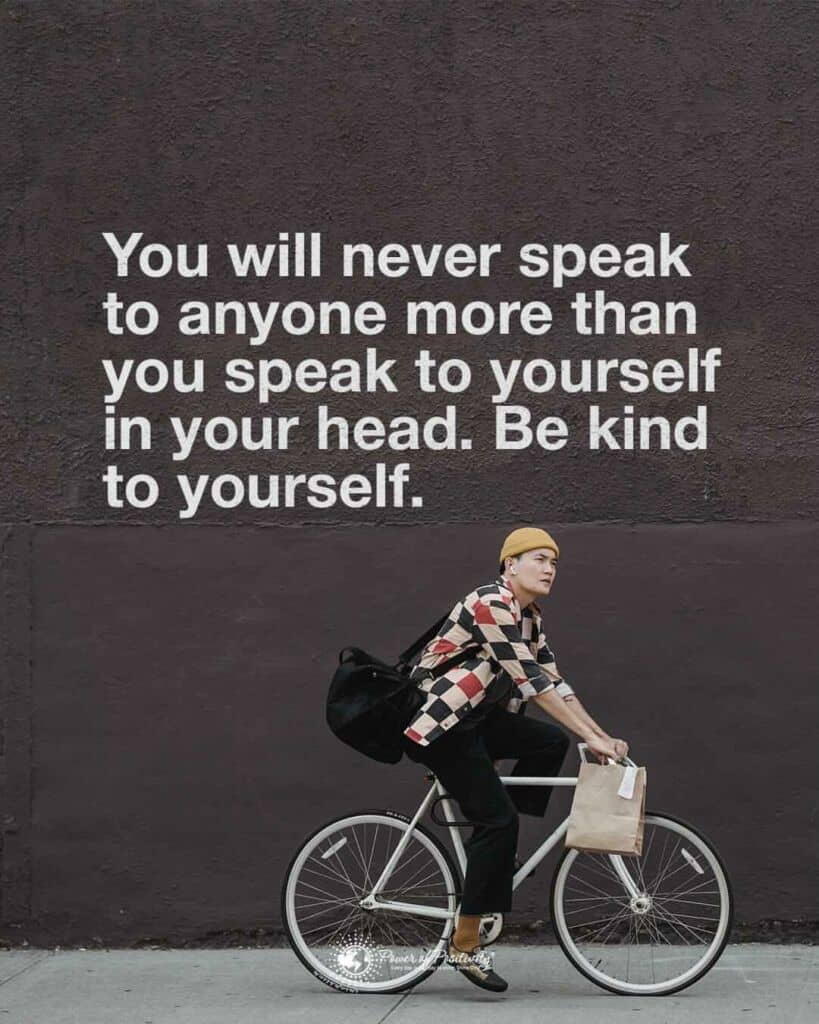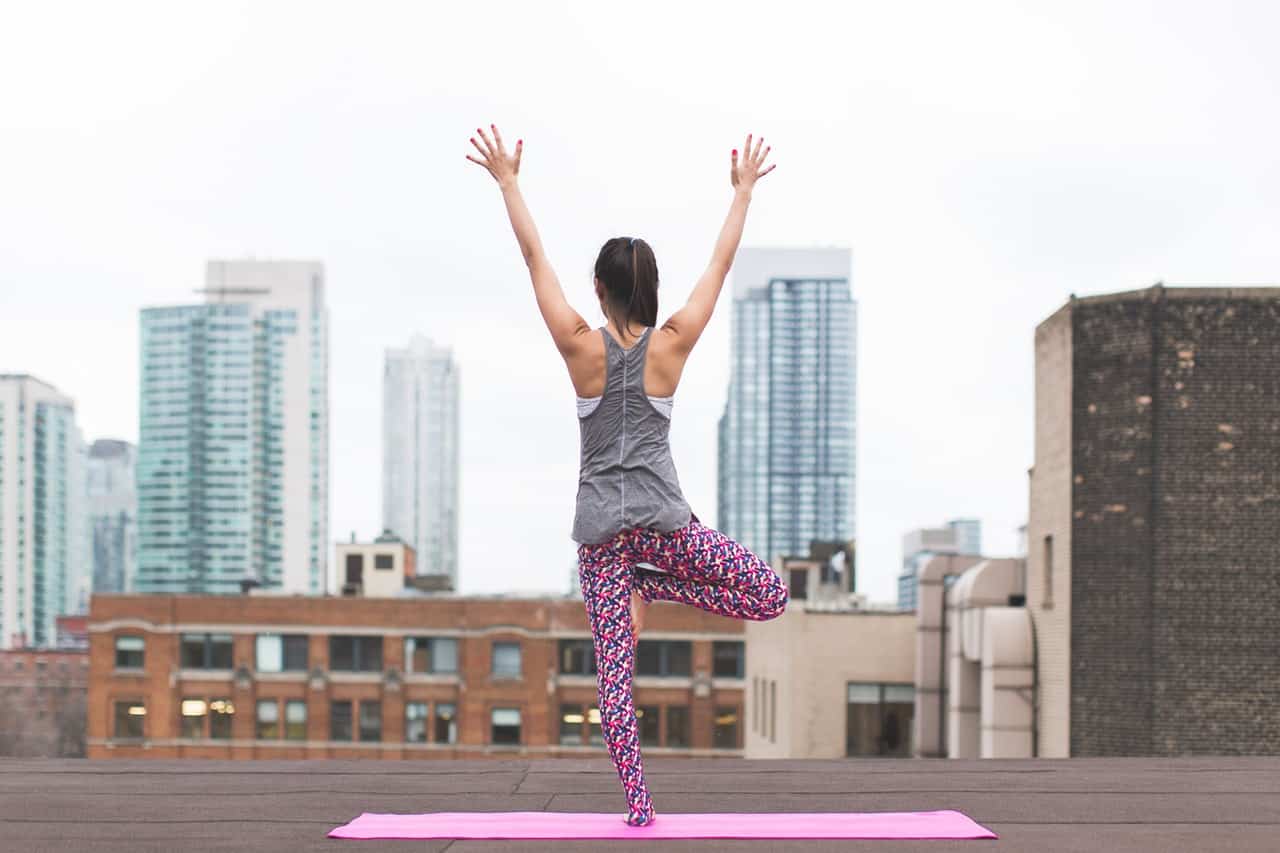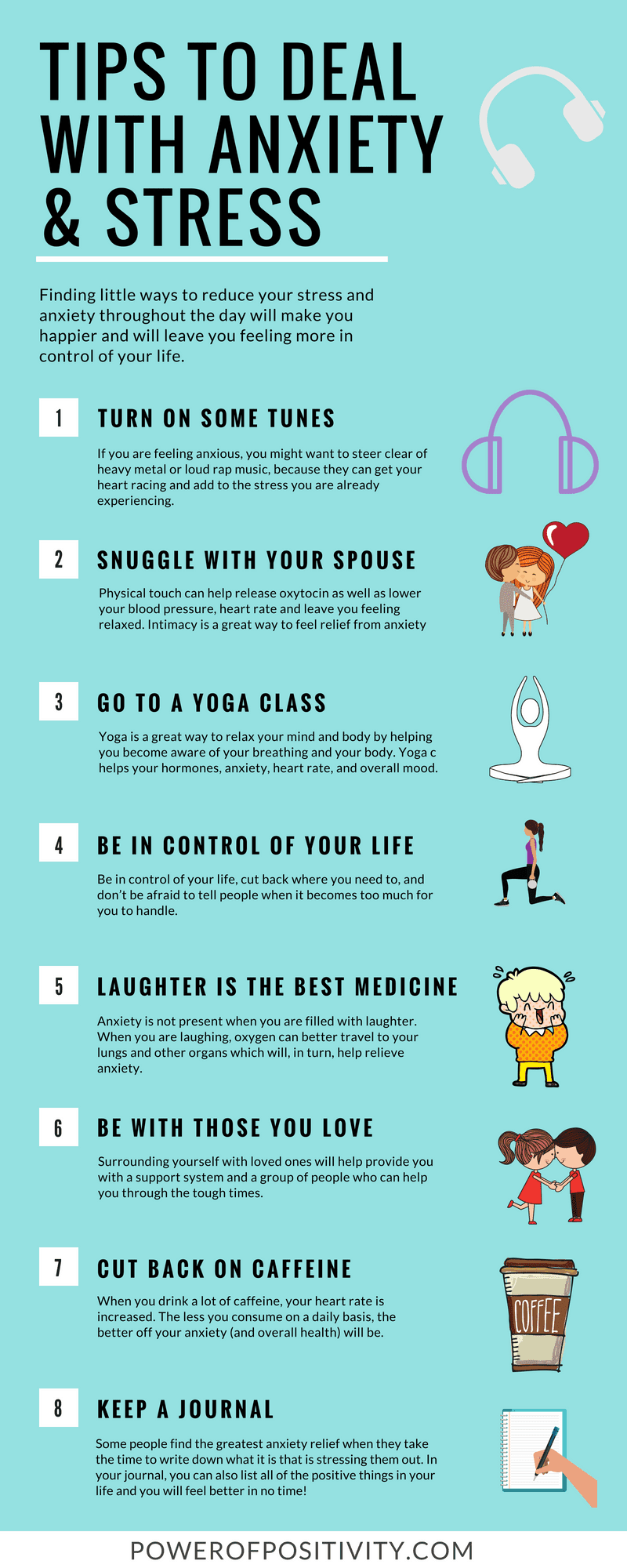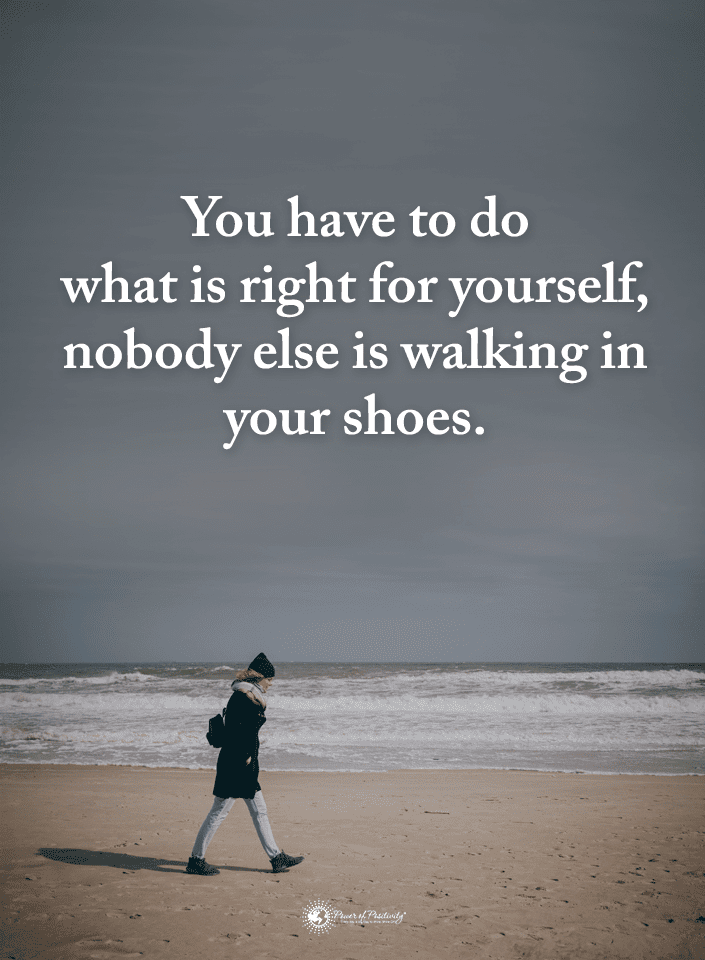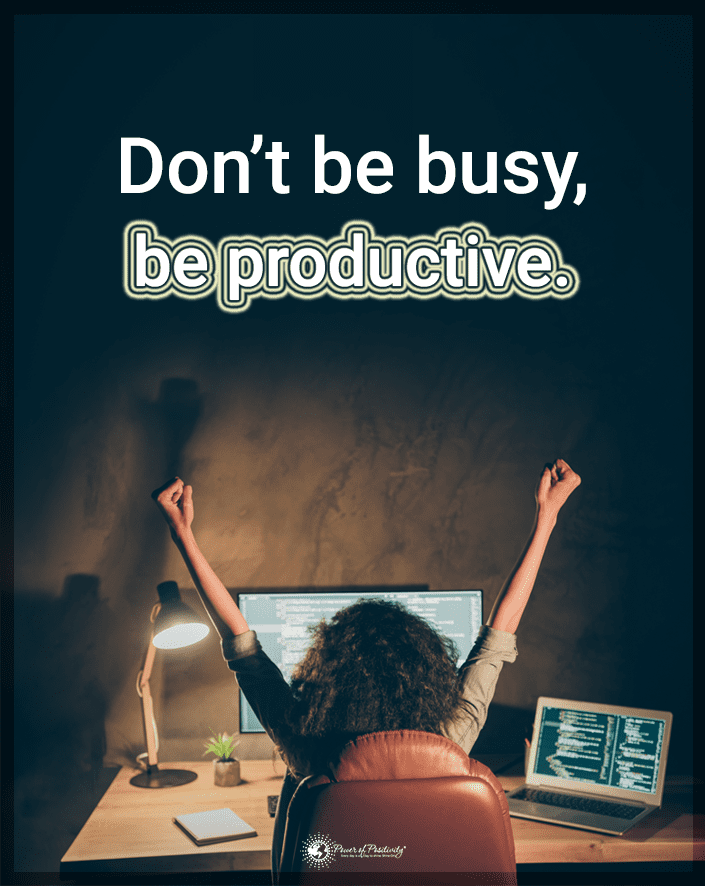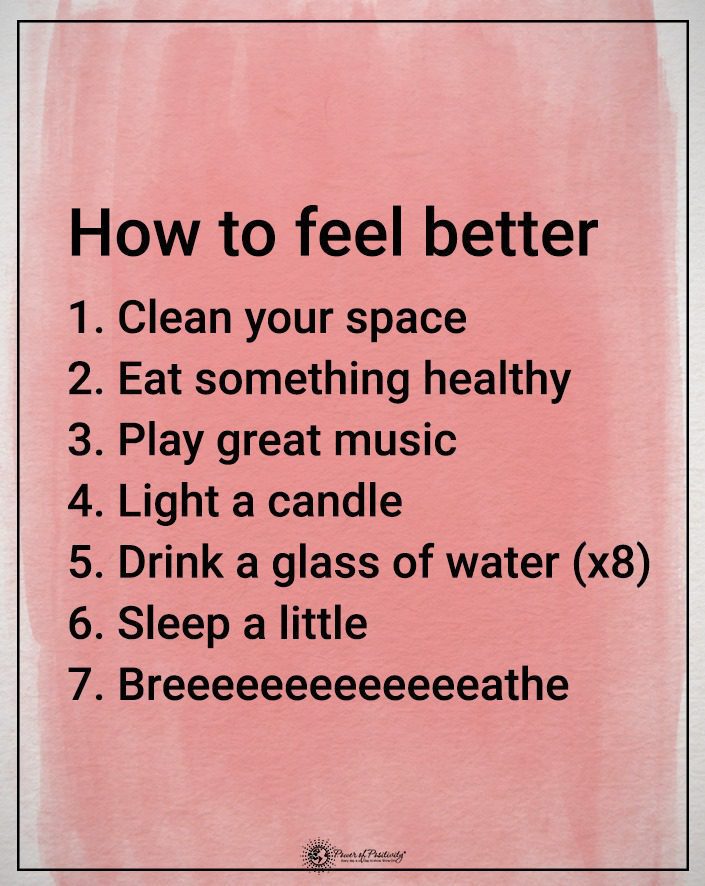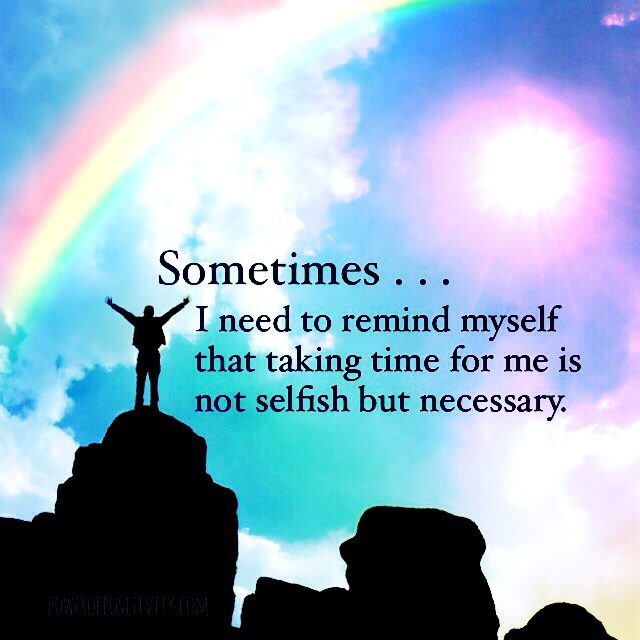When you think of what it means to live a purpose-driven life, what visions come to mind? Most people think of fancy homes, having a lot of money in the bank and working an enjoyable job. While these goals are important, they are not what defines. They also can’t give us the feeling of living a purpose driven life. If having more money was truly the answer to living a life of purpose, you would never see stories on the news about celebrities and athletes who end up filing for bankruptcy.
People who are living a purpose-driven life wake up each day with energy and excitement. These people can sit back and take in the little things; they observe the world around them with merriment and amazement. Indeed, they love sharing their experiences, knowledge and insight with family, friends and strangers.
To find your life’s purpose, you need to closely examine your beliefs, thoughts, and values. If you have ever set superficial goals that center around tangible things or money, you probably have felt a sense of worry, anxiety, dread, or fear over the process and steps needed to acquire these things.
This happens because your desires internally and subconsciously conflict with your inner core beliefs and desires. Here are some purpose driven life tips you need to take to begin the journey into discovering who you are and what you are meant to do in this lifetime.
Tips to Live a Purpose Driven Life
Make A List
Lists are powerful motivators and great self-reflection tools. To begin this exercise, go to a quiet space to relax your mind. Close your eyes, and begin to inhale and exhale deeply to move your mind and body towards a feeling of serenity. Once you are completely relaxed, you can begin to jot down the qualities or things you value most in this life. You can start with as many as you can list,. But the goal is to eliminate all but a few; this leaves you with the core values you treasure most and should nurture and focus on in this lifetime.
A sample list could include family, friends, and love. Perhaps a list for you looks more like this: ambition, drive, and elegance. Once you have a firm grasp of the traits and people you value most, you can shift your mindset to align your vision and goals with a mission that embraces these fundamental desires. As you begin to set goals for yourself in your path to career and relationship enlightenment, you will quickly be able to see if your goal matches your core values.
If it does, you will achieve harmonious results. If it does not closely align, you will likely be met with discontent and discord in attempting to achieve the goal.
What You Believe Is What You Manifest
When it comes to leading a purpose driven life, the most pivotal shift you can make to seeing the world through a different lens is to shift your mindset. Every thought we have. Moreover, every single thing we see in our spectrum is energy. When you are engaged in a negative thought about money or are judging an idea with negativity, you send that vibration out in the universe. The universe will always respond and present you with what you send out subconsciously into its realm. Positive thought attracts positive results. Thoughts become things, as The Secret tells us.
When you begin to practice self-awareness and self-compassion, you begin to feel more confident about who you are and what you have to offer the world. With confidence comes creativity, abundance, prosperity and passion that leads to endless opportunities and growth.
Giving Is The Best Gift You Can Give Yourself
Ask any philanthropic person how it feels to give. They’ll likely respond with a radiant glow and an ethereal smile. The best way to enliven your soul and ignite your inner spark is to give selflessly or go out of your way for someone: a stranger, friend, family member or person in need. When you give of yourself freely in the form of time, money, conversation or energy, you profoundly impact the person you are helping. You have an even more significant impact on your spirit and will begin to uncover a purpose-driven life by selflessly giving.
If you take some time to do some soul-searching and ask yourself some critical questions, you will unlock your unique belief system. As a result, you’ll receive the clarity and direction you need to learn to live a purpose-driven life. Start implementing these purpose driven life tips one at a time until they become second nature. Practice self-love and give freely to begin leading a purpose-driven life.

